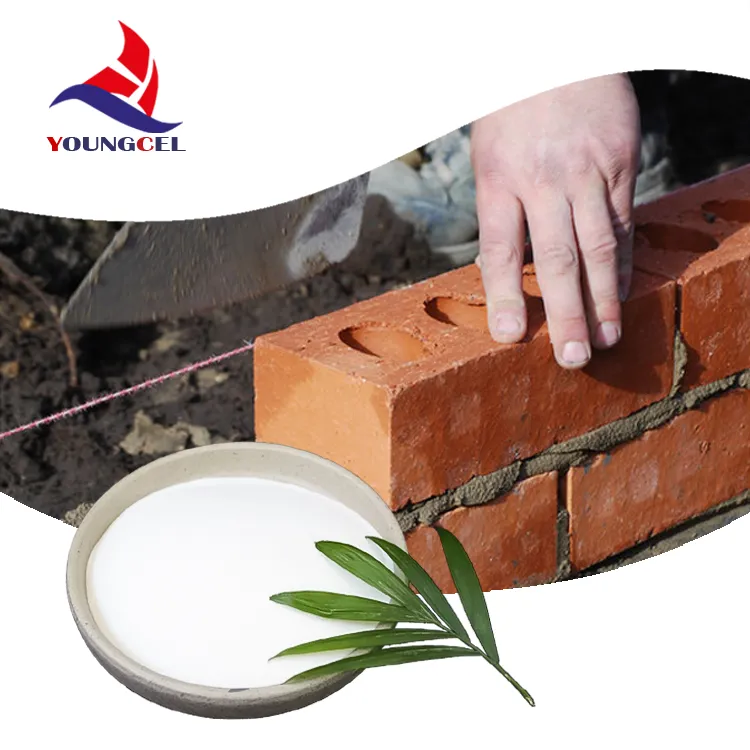Choosing the Right Adhesive for Wall Applications A Comprehensive Guide
When it comes to home improvement and interior design projects, the choice of adhesive plays a pivotal role, especially when it involves walls. Whether you are hanging wallpaper, installing tiles, or mounting fixtures, understanding the various types of adhesives available can make a significant difference in the quality and durability of your work. This article will explore the different types of adhesives suitable for wall applications, focusing on their properties, uses, and tips for effective application.
Types of Adhesives for Walls
1. Wallpaper Adhesives For those looking to add style and texture to their walls through wallpaper, the adhesive choice is crucial. There are two main types paste-the-wall and paste-the-paper. Paste-the-wall adhesives allow you to apply the adhesive directly to the wall before placing the wallpaper, making installation easier and reducing mess. Alternatively, paste-the-paper adhesives need to be applied to the back of the wallpaper before hanging. Both types vary in terms of repositionability and drying time, so it is essential to choose one that fits your specific wallpaper choice.
2. Tile Adhesives When tiling walls, especially in areas prone to moisture like bathrooms or kitchens, using the right tile adhesive is vital. Thin-set mortar is the most common option, ideal for ceramic and porcelain tiles. For heavier tiles or natural stones, a modified thin-set or a mastic adhesive may be a better choice. It is important to consider the surface texture and porosity of the wall when selecting a tile adhesive, as these factors significantly influence adhesion performance.
3. Construction Adhesives For mounting heavier fixtures or components on walls, construction adhesives are essential. These adhesives are designed to bond various materials, including wood, metal, and concrete. They are used in applications such as securing paneling, tiles, and even shelves. Most construction adhesives are formulated for strong initial grab and long-term durability. Be sure to read the packaging for compatibility with the materials you are working with and follow the recommended drying times.
4. Foam and Caulk Adhesives Expanding foam adhesives are excellent for filling gaps as well as providing strong adhesion for lightweight materials. They can be used for decorative moldings or other lightweight applications. Additionally, caulk can serve as an adhesive in certain cases, particularly when sealing gaps between materials.
adhesive for wall

Tips for Successful Adhesive Application
- Surface Preparation Before applying any adhesive, ensure that the surface is clean, dry, and free of dust and debris. For best results, smooth out any imperfections on the wall to create an even surface.
- Follow Manufacturer Instructions Each type of adhesive comes with specific application guidelines—be it mixing ratios, drying times, or curing conditions. Following these instructions closely is key to achieving optimal results.
- Test Small Areas If you are unsure about how an adhesive will perform on your chosen materials, test a small, inconspicuous area first. This will help you gauge adhesion quality and any potential compatibility issues.
- Use Appropriate Tools Having the right tools for application—brushes, rollers, or trowels—can greatly enhance the effectiveness of your adhesive application, ensuring even coverage and a better bond.
Conclusion
Selecting the right adhesive for your wall projects is critical to ensuring durability and aesthetic appeal. With various options available, from wallpaper adhesives to construction-grade products, understanding their specific properties and applications will help you choose wisely. By preparing the surface correctly and adhering to manufacturer guidelines, your wall projects will not only look professional but will also stand the test of time.
-
The Application and Significance of Construction RdpNewsMay.19,2025
-
Industrial Grade HpmcNewsMay.19,2025
-
Building Coating Adhesive Building Coating Adhesive HpmcNewsMay.19,2025
-
Application Of Hpmc For Detergent For Detergent In DetergentsNewsMay.19,2025
-
Application Of Hpmc Cellulose In Cement-Based MaterialsNewsMay.19,2025
-
Application Of High Quality Hpmc For Construction In The Field Of ConstructionNewsMay.19,2025




